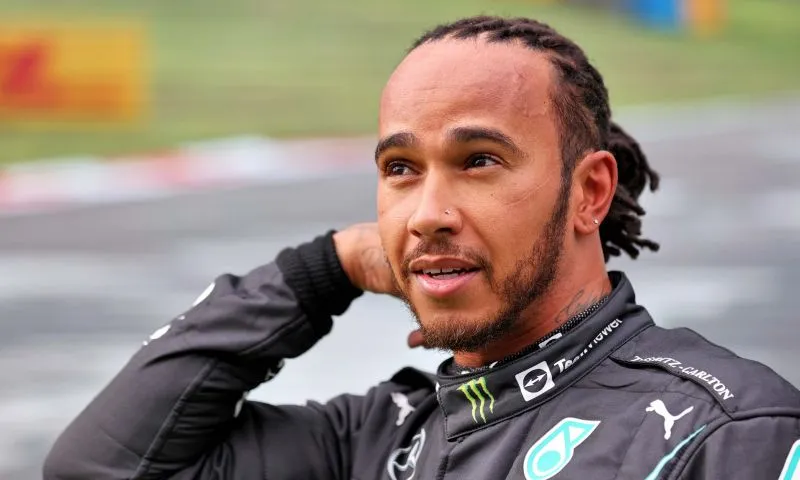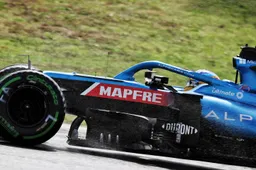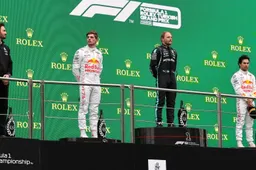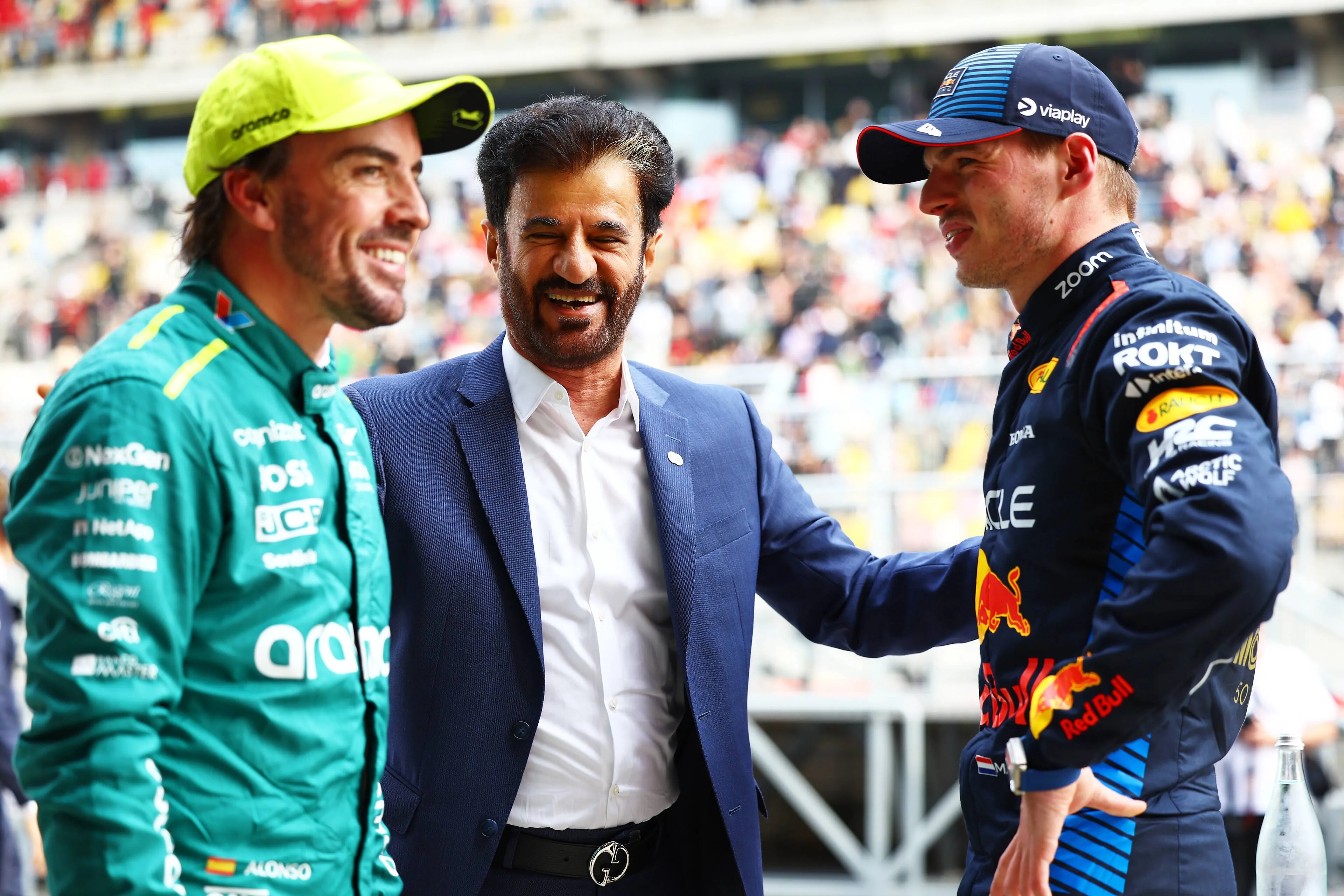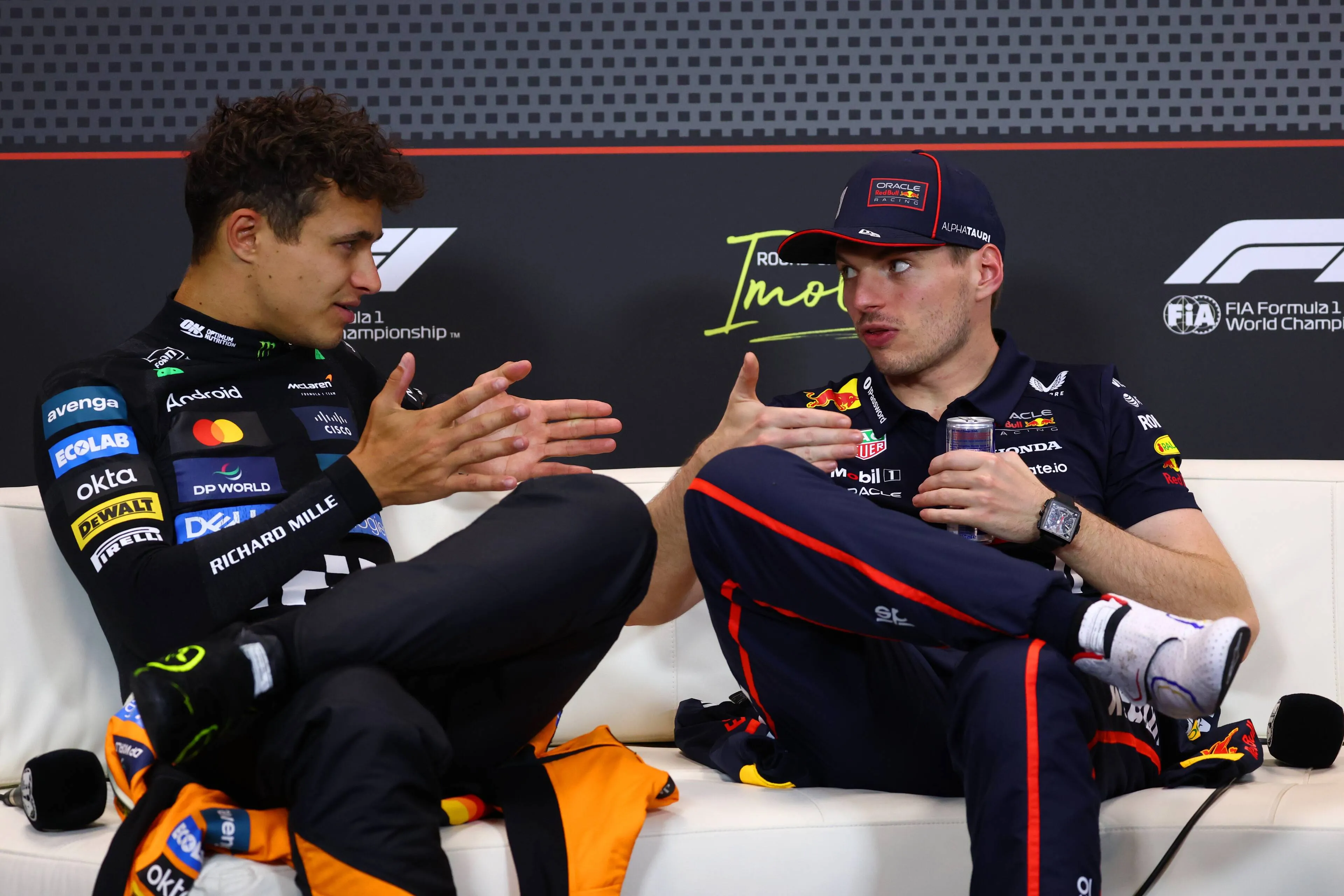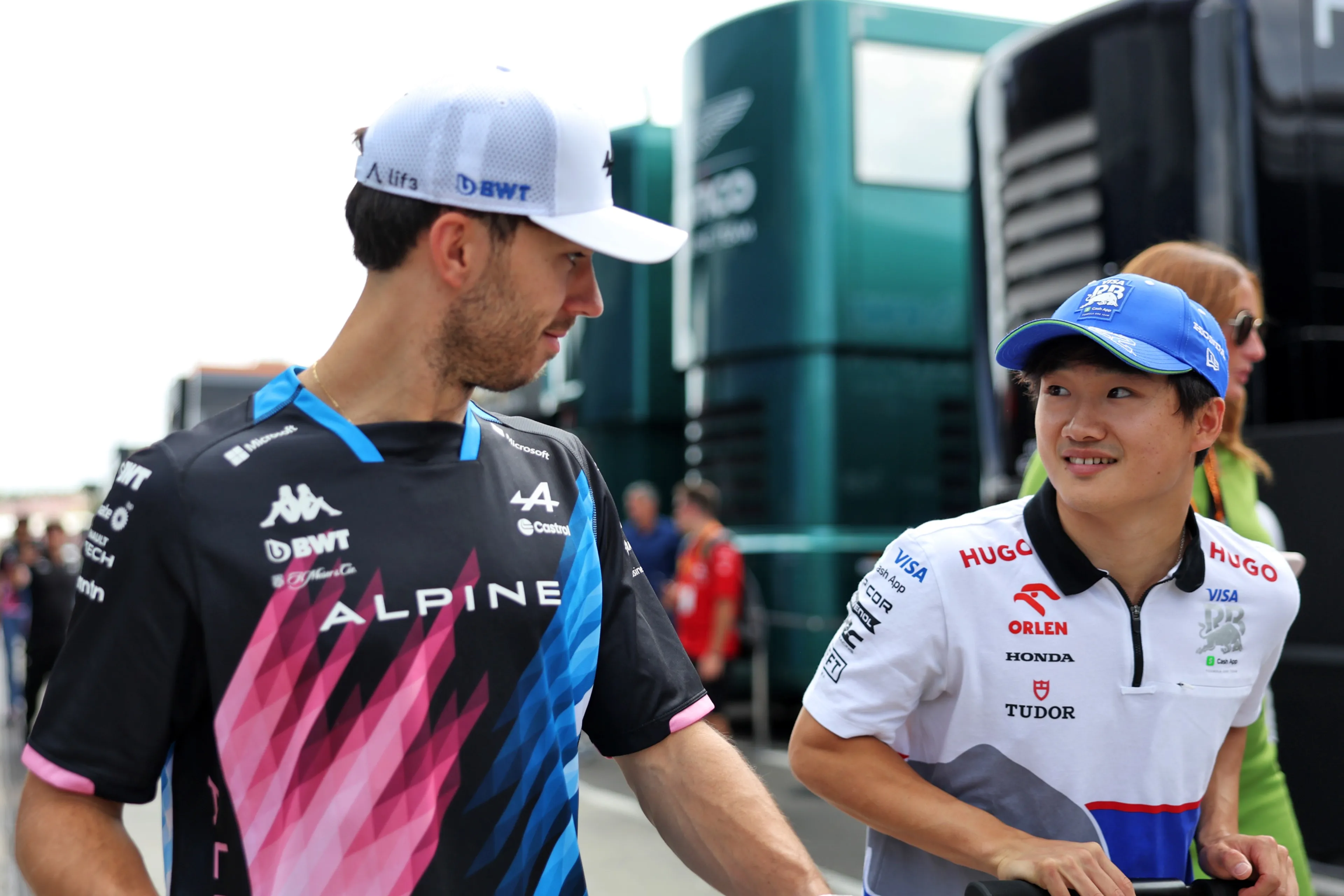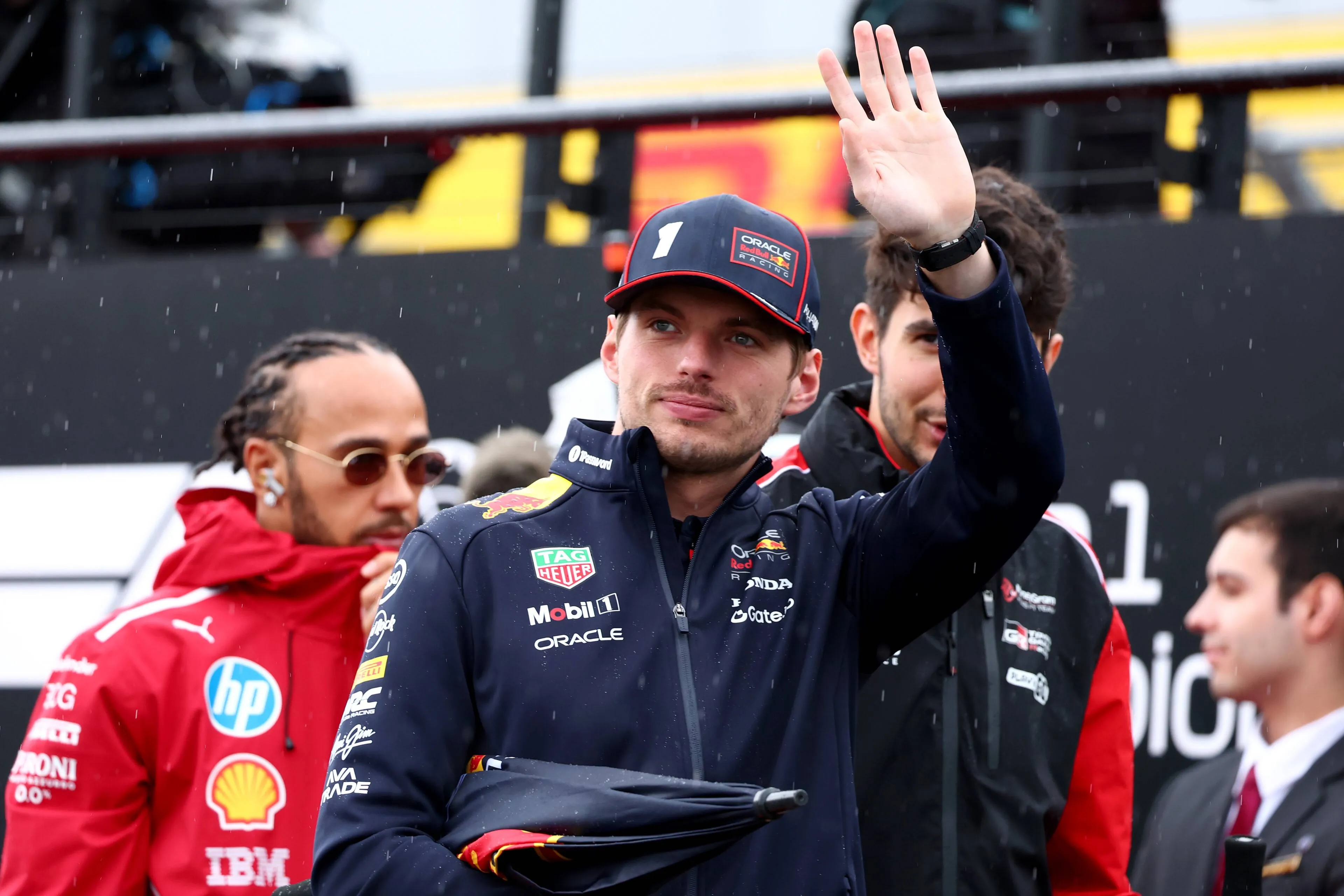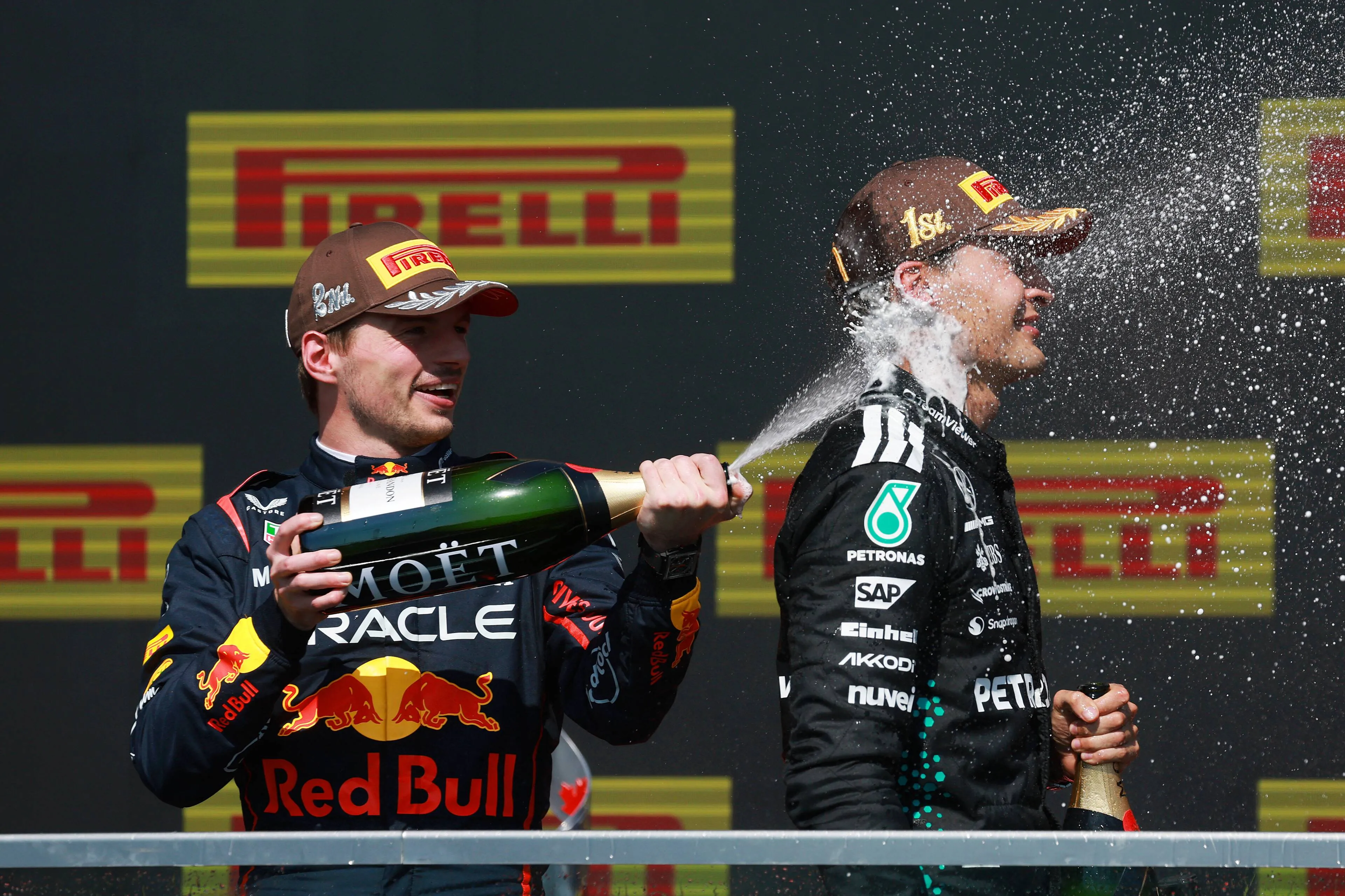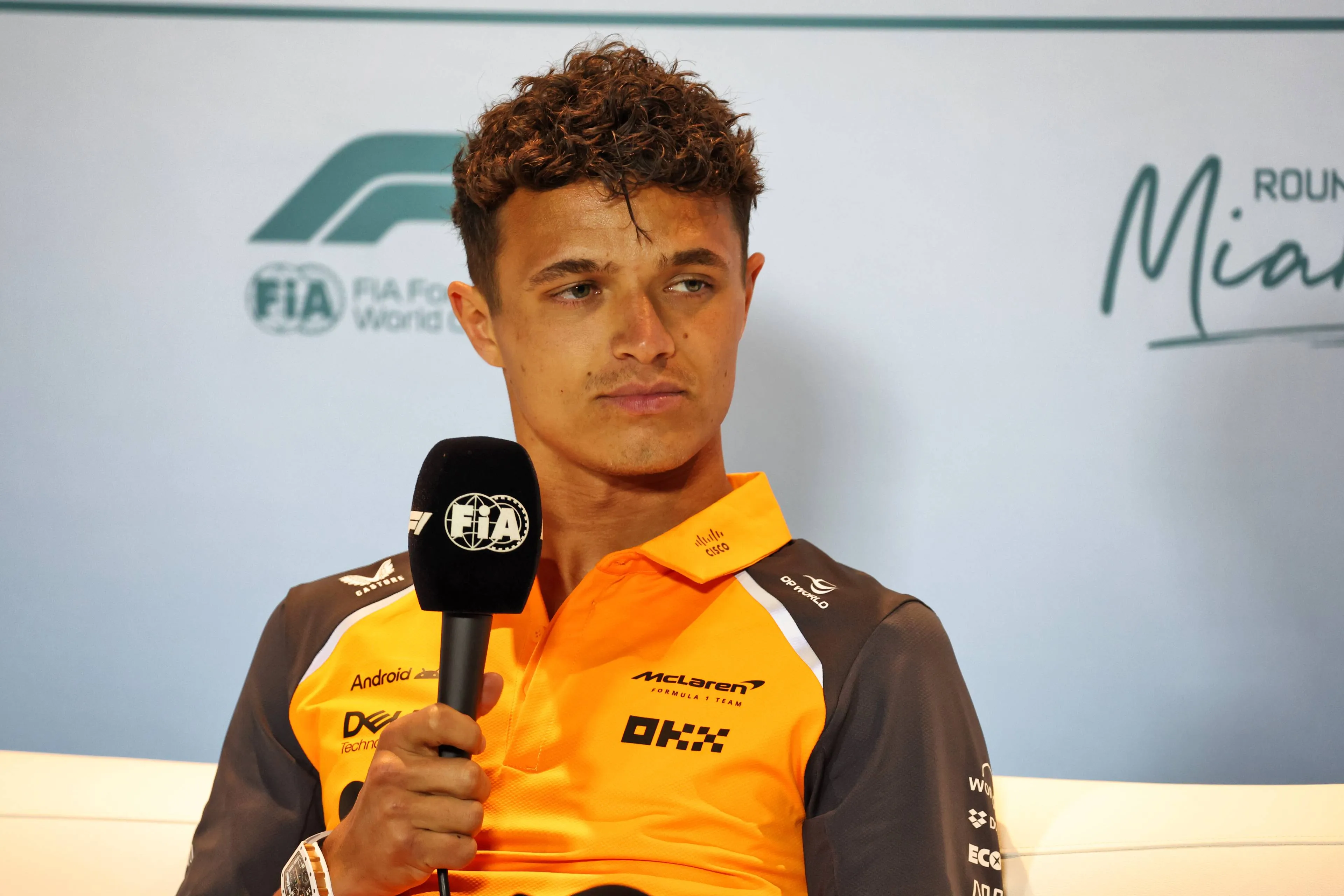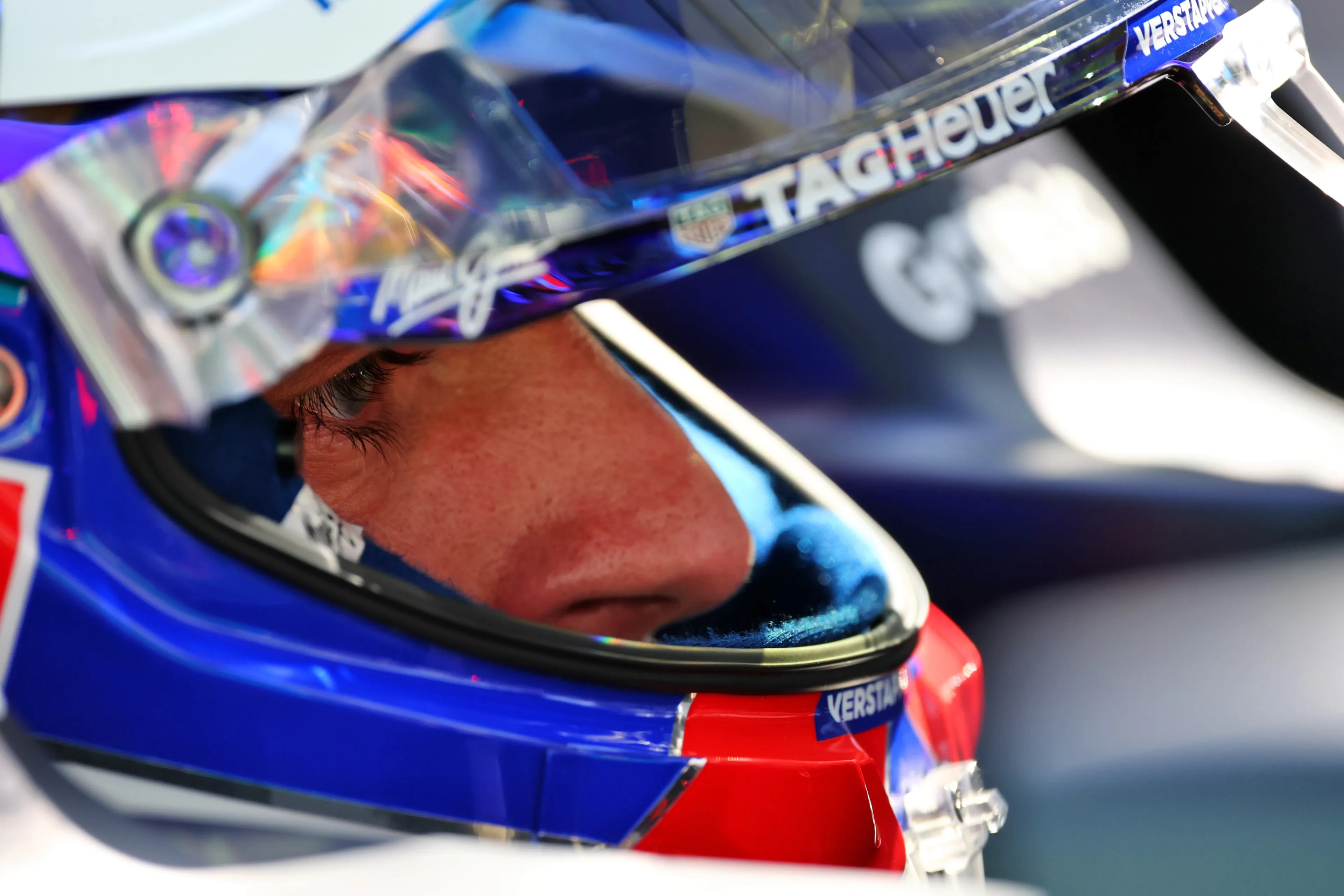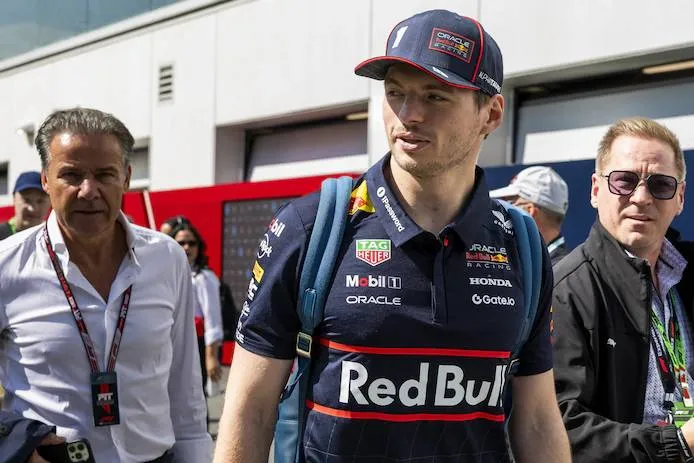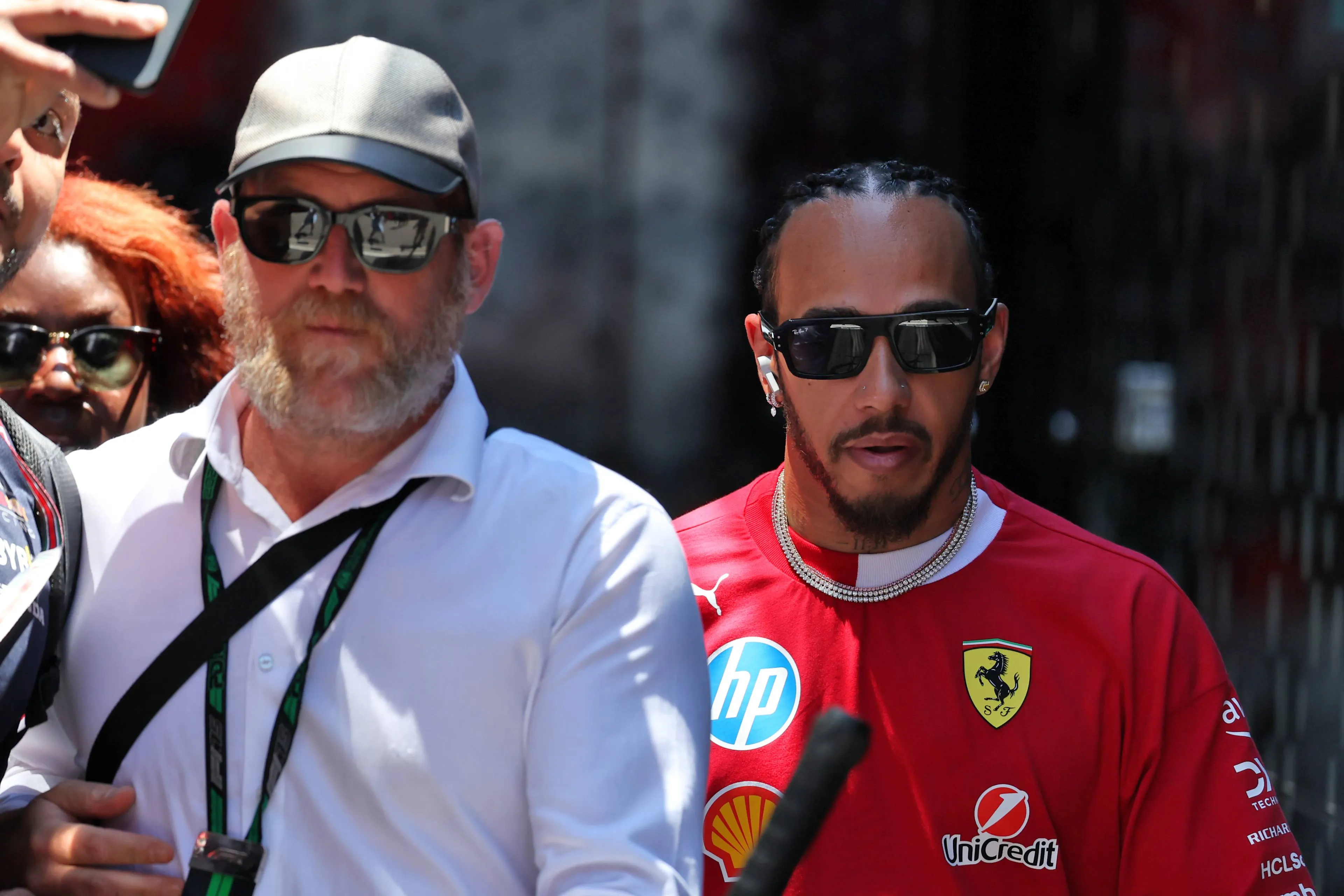Another strategic mistake by Mercedes or is Hamilton too critical?
17:00, 11 Oct 2021
20 Comments
Lewis Hamilton was unhappy with the strategic choice of his team after the Turkish Grand Prix. The Brit would have preferred not to go in for a new set of intermediates. At Mercedes it is causing some internal turmoil, but who was right? We put the question to the editors of GPblog from both the Dutch and English editions.
Rishi Wig - Editor GPblog UK
Hamilton’s late pitstop undoubtedly cost him a better finishing position in Turkey. From laps 36 to 50, his lap times remained within a second’s range. However, Leclerc’s pace when coming out of the pits suggested a significant pace advantage on the fresher intermediates. If Hamilton held station, his wheel-to-wheel combat would’ve likely allowed him to hold up the charging Leclerc for the remaining eight laps, even though he was losing two seconds per lap. If not, a top four position would’ve been minimum with Pierre Gasly some 15 seconds behind. Unless Mercedes had data indicating the possibility of a puncture or severe understeer/oversteer, staying out was a plausible and affordable option.
The necessity to cover off the freshly-tyred Leclerc resulted in a move which ultimately allowed both Red Bulls to secure a podium position, a loss for the constructor as a whole. In a championship fight where the lead has never been greater than eight points, decisions like this are crucial to the driver’s success. Mercedes and Hamilton are likely ruing the late call.
Tim Kraaij - Editor-in-Chief GPblog NL
It may have looked a bit gnarly on Mercedes' part to bring in Lewis Hamilton a few laps before the end, but in hindsight, it's probably the best decision. Of course, Hamilton says he could have finished the race on that tyre, but in the laps before his pit stop he was already losing a lot of ground on Charles Leclerc and Sergio Perez, so Lewis most likely wouldn't have been able to defend his place. The new Inters were simply the best choice.
Mercedes gambled with Hamilton that it would be dry enough for slicks at the end of the race, but that moment would never come. In hindsight, the team would have been better off going into the pits sooner, but that's easy to say. At the end of the race, the best choice was to bring Hamilton in. He would have lost those places anyway and with such bad tyres a blowout with a crash was certainly a possibility.
Most interesting were the words afterwards. Mercedes is squeaking and crying because once again Lewis Hamilton was very critical of his team. No political talk that it needs to be discussed internally and that they are losing as a team. No, Hamilton blamed his team and didn't understand why he had to go in. It shows that the team and driver are under pressure, even though they seem to have had the best car since the British Grand Prix. Any more internal struggles like this will play into Max Verstappen's hands.
Matt Gretton - Editor-in-Chief GPblog UK
It was 100% the right choice for Mercedes to pit Lewis Hamilton. Looking at the data, Charles Leclerc pitted on lap 47 for a new set of intermediates after leading the race. On lap 49, Leclerc produced a lap 1.132 seconds faster than the Brit. In the four laps before Hamilton’s pitstop, Sergio Perez gained a total of three seconds on the Mercedes driver. The performance of Hamilton’s green walled tyre was dropping significantly and probably would’ve faded even more had he stayed out. By the time Leclerc and Perez had caught him up, he’d have been a sitting duck with the tyre comparison. Mercedes had to pit Hamilton on that lap because otherwise he’d have lost further time and lost a further place to Gasly in the pit lane.
Without pitting he probably would’ve finished 5th anyway, perhaps 6th. And of course, there’s no guarantee the tyre would’ve lasted until the end. We’ve already seen tyre blowouts this season and risking one of those would have resulted in a DNF and engine/gearbox damage had Hamilton ended in the wall. That would’ve been a significant damage increase, rather than damage limitation. Esteban Ocon could afford the risk because he’s a midfield driver with absolutely nothing to lose. In hindsight, Hamilton should’ve pitted earlier in the race.
Aryaan Jena - Editor GPblog UK
After a disappointing P5 finish in the Turkish Grand Prix, a disconsolate Hamilton told reporters that either he “should have pitted or not at all”. Alpine’s Esteban Ocon was the only driver to pull off the no-stop strategy, and even he conceded after the race that his tires were in puncture territory.
In the final five laps, Ocon was lapping in the 1:37 range, two seconds slower than his previous pace and four seconds slower than his nearest competitor Antonio Giovinazzi (who stopped on lap 40 out of 58). Analyzing Hamilton’s lap times, we see that his tires were falling off the cliff and that the Red Bull of Sergio Perez was gaining on him by nearly a second a lap.
At that pace, it was likely that Perez (and potentially Leclerc) would have overtaken the Briton by the chequered flag. Considering that Hamilton worked his tires in the early phase of the race to clear midfield traffic, he would have been at risk of a puncture by the end; Mercedes wisely decided not to gamble and secure a P5 rather than a DNF. Ultimately, Hamilton should have pitted earlier in the race, and these sorts of strategy blunders can make the difference in a championship so tightly contested.
Corwin Kunst - Editor-in-Chief GPblog NL
The pit stop was simply unavoidable. Where Hamilton's tyres were getting worse and worse, the tyres of a Sergio Perez and a Pierre Gasly were coming alive. By the end, Perez and Gasly would have been at least two seconds faster per lap than Hamilton. He would never have been able to hold that gap and Lando Norris and Carlos Sainz might have flown past.
It went wrong when Hamilton refused to come in for fresh intermediates on lap 42. Had he come into the pit lane then, he would have had about nine more laps to get his green marked tyres into the right window. In that case he would certainly have been able to catch Charles Leclerc and perhaps Perez as well. In short: Hamilton should have listened to James Vowles.
Read more about:
Rumors
Popular on GPBlog

1
Verstappen and Wolff in Sardinia - This is the Mercedes team boss's superyacht!
3208 times read
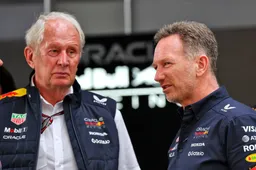
2
‘Marko played a key role in Horner's dismissal and was present at crucial strategy meeting’
2690 times read
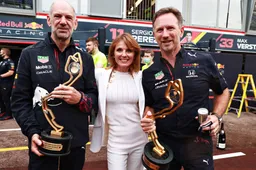
3
More drama for the Horner family as Geri Halliwell faces significant debt
2301 times read

4
Brundle sees Verstappen's 'destructive' influence within Red Bull Racing
1677 times read
